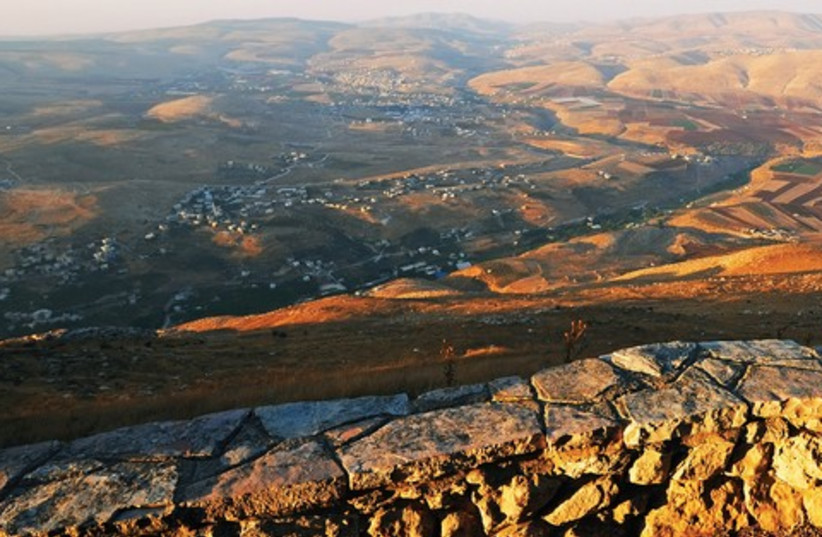Prime Minister Benjamin Netanyahu pushed forward with West Bank settlement development, despite opposition to such action from the United States and France.
The government on Sunday agreed to split the Kochav Yaakov settlement into two, a move that allowed the Interior Ministry to give a new settlement symbol to half of the community, which will now be formally called Tel Zion.
What is Kochav Yaakov?
The hilltop community was created in 1985 outside of Jerusalem, in the Binyamin region of the West Bank, some close to eight kilometers outside the pre-1967 lines.
It has a population of close to 10,000 according to the Central Bureau of Statistics, making it one of the larger communities in Judea and Samaria.

Binyamin Regional Council head Israel Ganz thanked Shas party leader MK Arye Deri for his work on behalf of the split, noting that it would ease the day-to-day municipal work on behalf of the settlements.
“Recognition of a settlement in the Land of Israel” is a celebratory moment” and a step in the right direction to provide services for those living in the region, Ganz said.
The settlement has a mixed national religious and haredi communities, and the split will better divide the settlement along those lines.
Expansion of Otzma Yehudit
Separately the government also expanded the scope of the office of the Otzma Yehudit minister of the Negev and Galilee Yitzhak Wasserlauf to also include the title of National Resilience.
This allows that office to do preparatory work to prepare for the legalization of some 70 West Bank outposts, known the “the young supporters.” The Ministry had until now, only been instructed to work on issues within Israel’s sovereign borders and will now also be dealing with planning issues in the West Bank around the outpost.
Such work would typically have been done in the past by the Defense Ministry and the Civil Administration. They will also be part of the process but at a later stage.
Wasserlauf said, “I will work to regulate the young settlements and establish the infrastructure” that will allow those communities to be hooked up to water and electricity.
